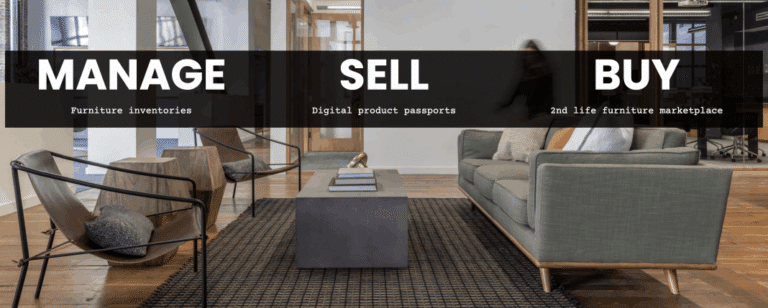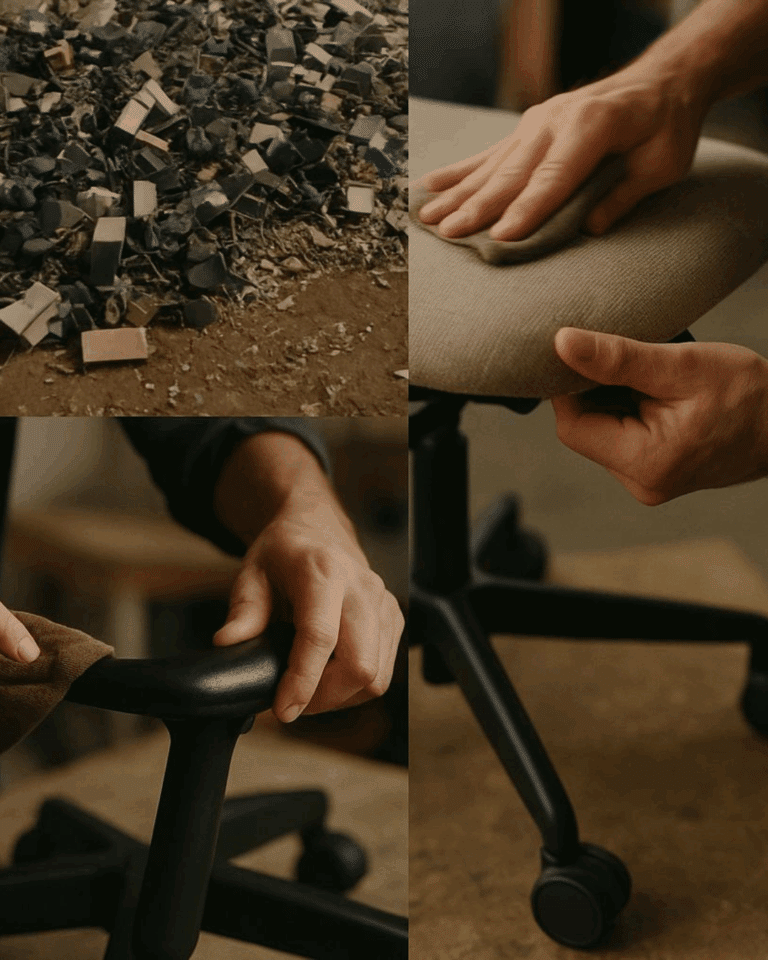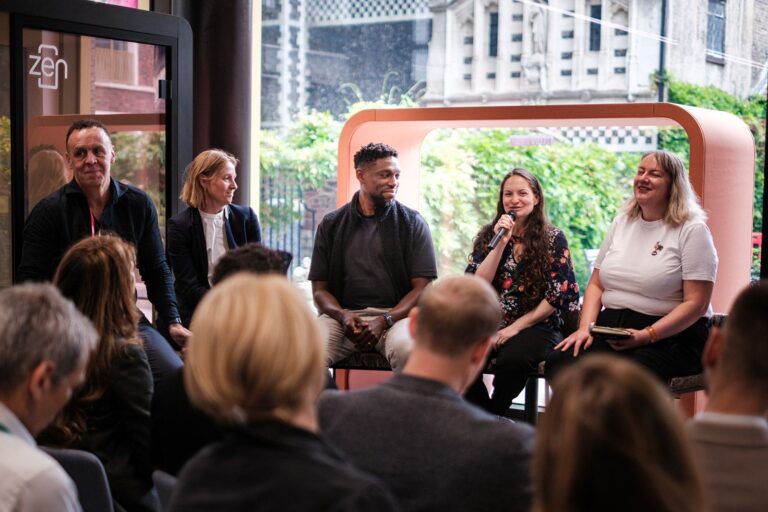The Science of Silence: What Makes a Pod Truly Quiet
In open-plan offices, silence isn’t just a luxury—it’s a productivity essential. But with many pods claiming to be soundproof, how can you tell which ones really deliver? Let’s unpack the real science of silence behind effective sound reduction, understand what decibel (dB) ratings really mean, and learn how to separate marketing claims from true acoustic performance.

Two Dimensions of Sound Reduction
Effective sound reduction has two key aspects:
- Speech Containment: How well the pod prevents conversations from leaking out—measured using the ISO 23351‑1 standard.
- External Noise Blockage: How much ambient noise from outside is kept out—measured as airborne sound insulation (R’w).
Many manufacturers showcase only one metric—or worse, none at all—so both figures are essential for a full picture.
Putting Decibels into Perspective
- Typical open-plan noise: 55–65 dB (comparable to casual conversation)—not dangerous, but distracting.
- Normal human speech: 60–70 dB
- Whispers: ~30 dB
- Shouts: Can reach 100 dB
When a pod claims to block up to 43 dB of external noise, imagine a 60 dB office hum shrinking to a tranquil 17 dB – quieter than a library. Similarly, a speech leakage reduction of 32 dB muffles a conversation (around 60 dB) into an indistinct whisper at just 28 dB. Since speech becomes hard to comprehend below 40 dB, these are the hallmarks of a genuinely quiet pod.
Shining a Light on Dubious Claims
Even beyond certifications, some brands stretch the truth – claiming Class A soundproofing without proper testing. A pod might seem quiet in a silent showroom, but in a working office, it might fall short.
That’s why real-world testing matters. Silen’s pods were tested both in everyday office environments and in lab conditions at Turku University of Applied Sciences. The results? Up to 43 dB of external noise blocked and 32 dB of speech reduction, making speech virtually unintelligible outside the pod.
What to Look for (and What to Avoid)
- Certified data trumps hype: Look for reliable metrics – both speech containment and noise insulation – ideally backed by ISO 23351‑1 tests.
- Test in your own space: Context matters. A pod might perform differently in your bustling office than in a showroom.
Beware of masking tactics: Some pods use loud ventilation or background noise to “mask” sounds, but that’s just substituting one distraction for another. Silen avoids this. Instead, they rely on natural acoustic engineering—like sound-trapping ventilation ducts, laminated glass, and acoustic materials—to block sound effectively without adding noise.
Final Thought
Don’t rely on vague promises or impressive-sounding decibel figures – require transparency. Demand certified measurements, test pods in your real environment, and look for sound design – not sound substitution. True The Science of Silence isn’t just claimed – it’s proven. Welcome to Silen’s quietly revolutionary pods.







